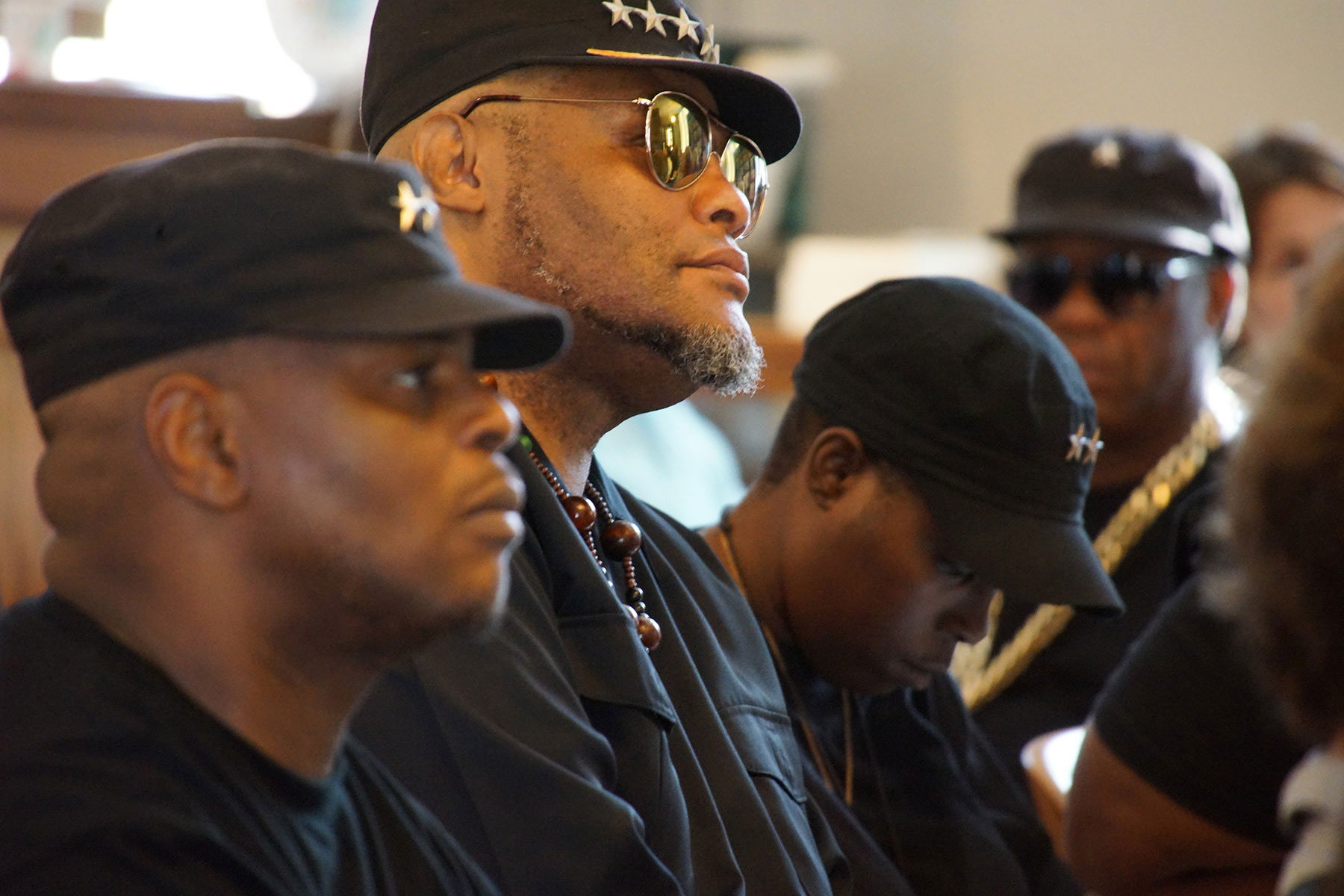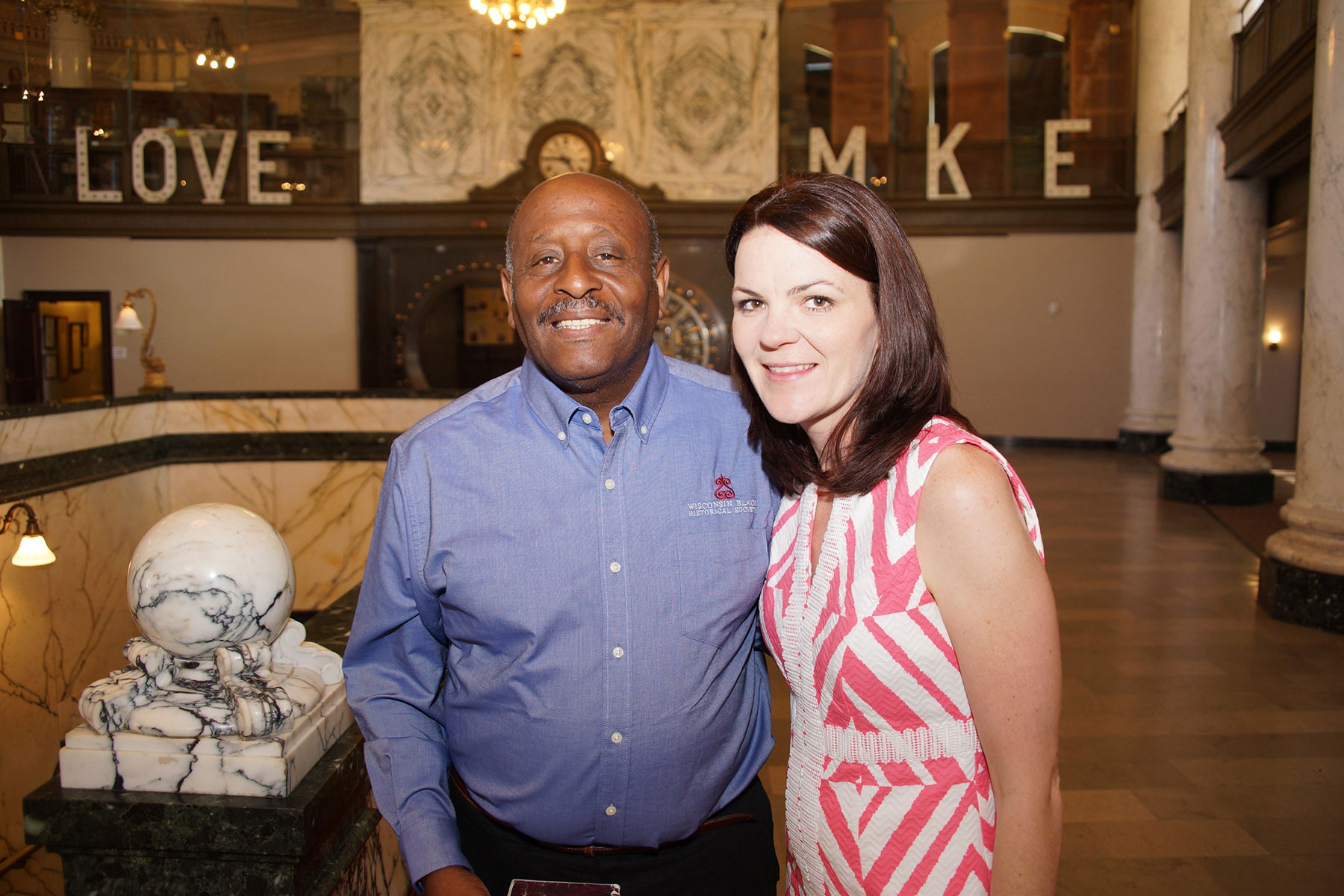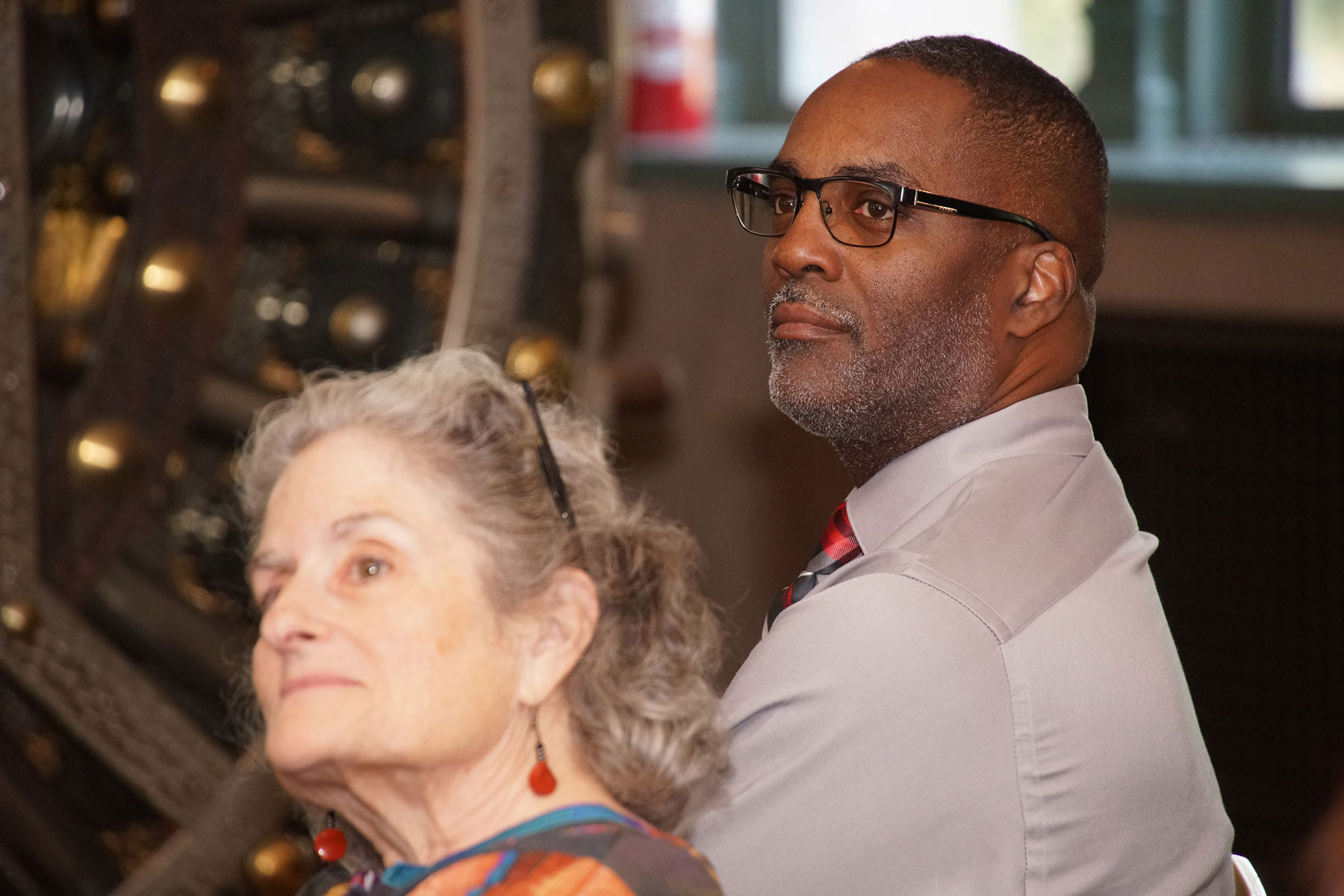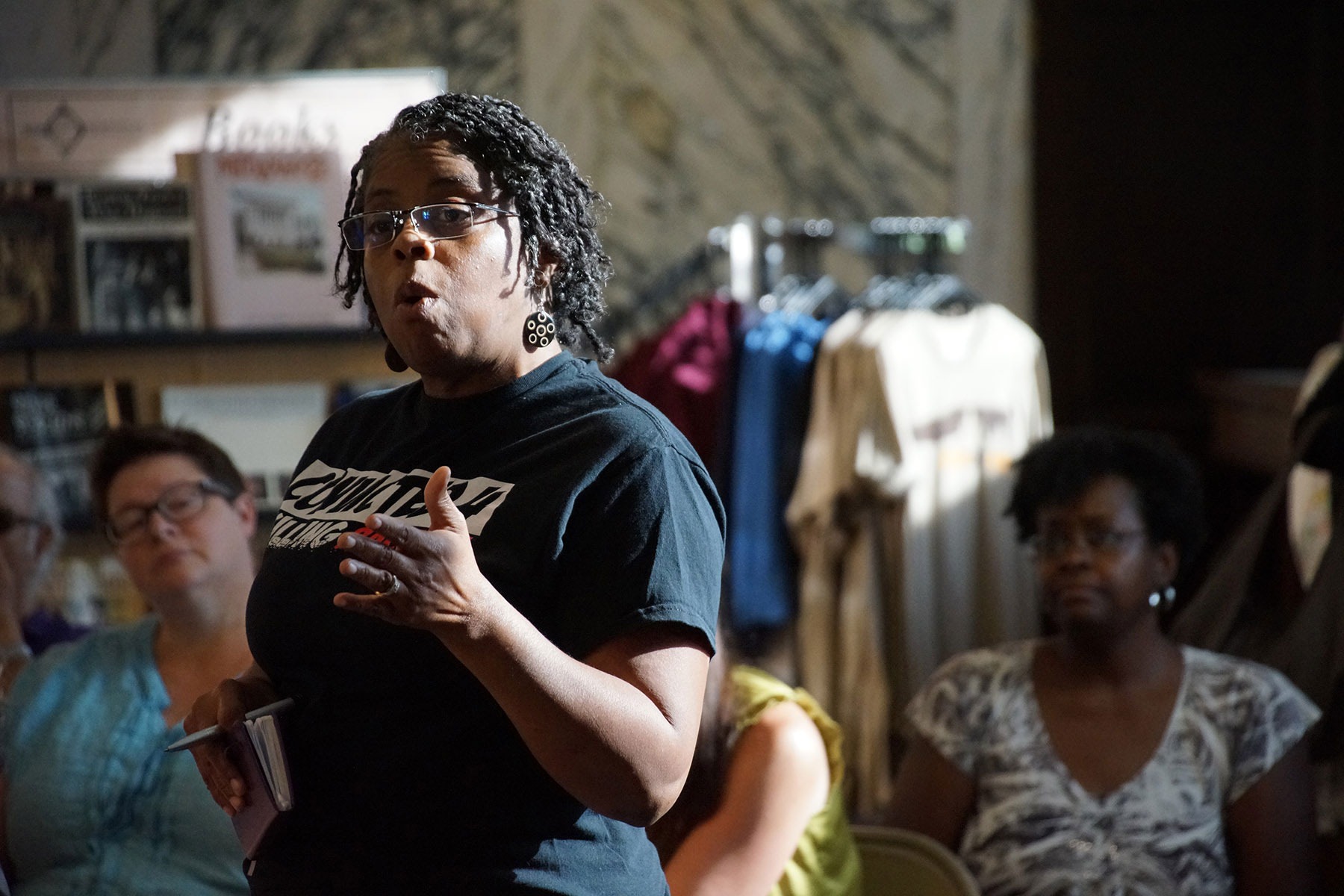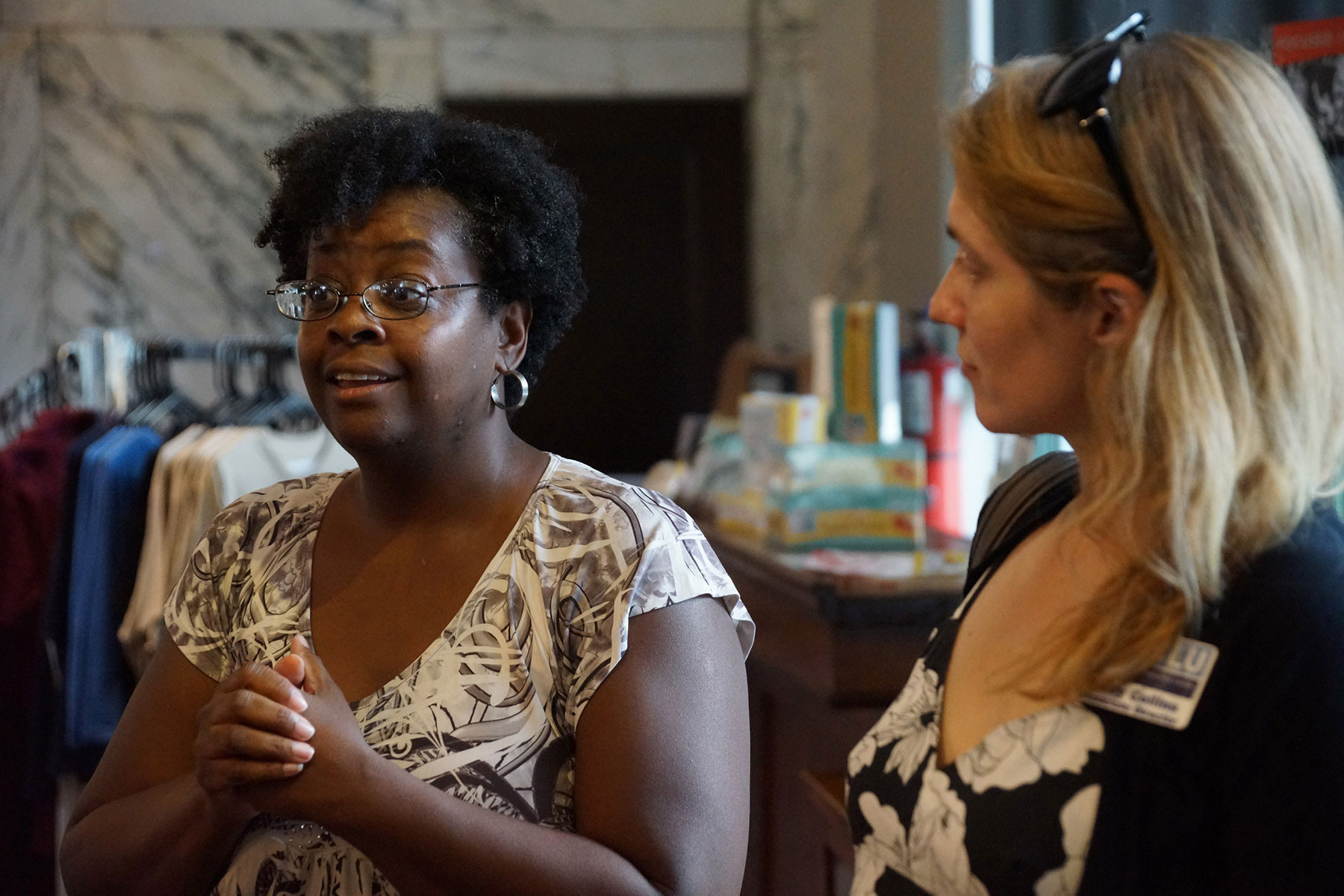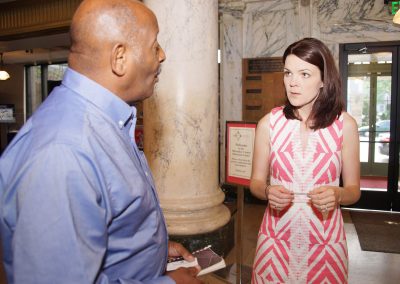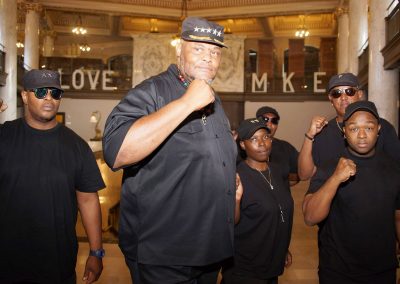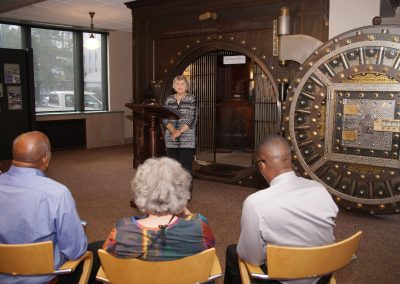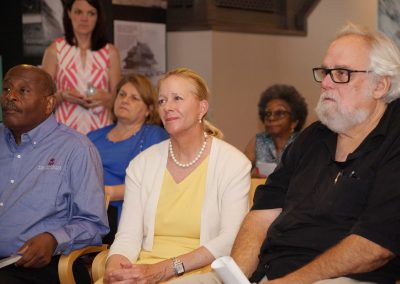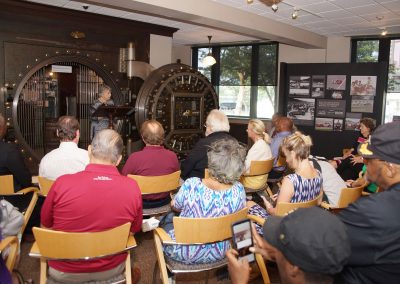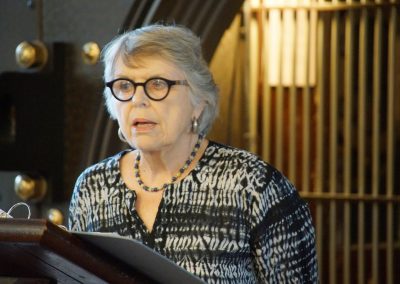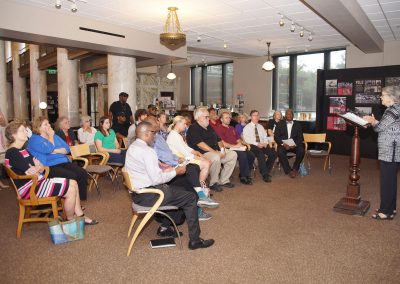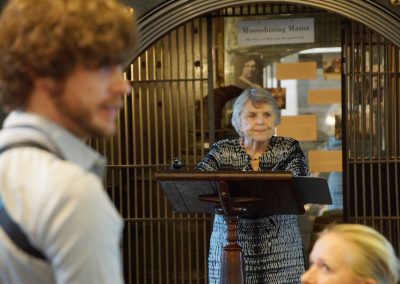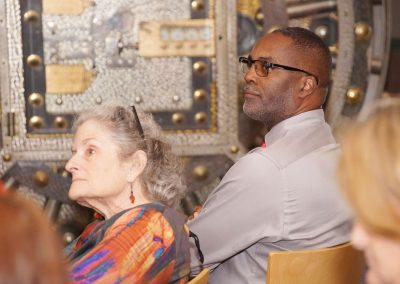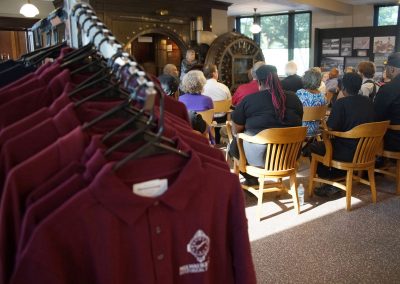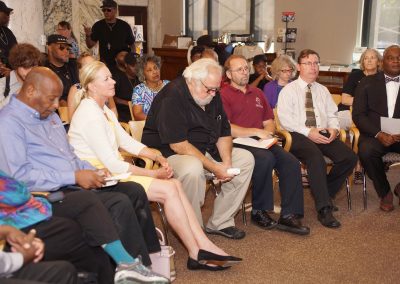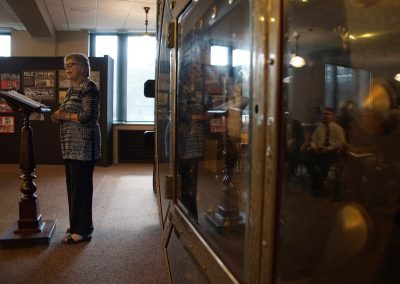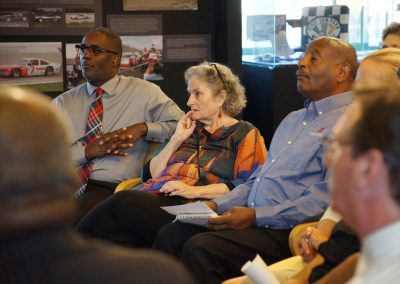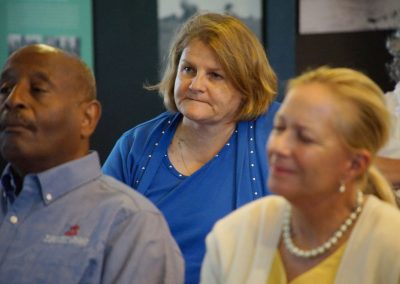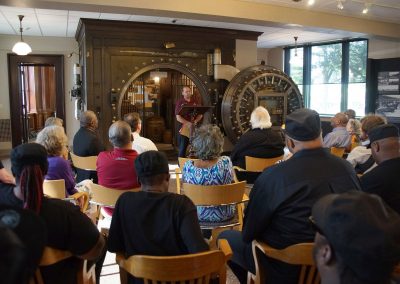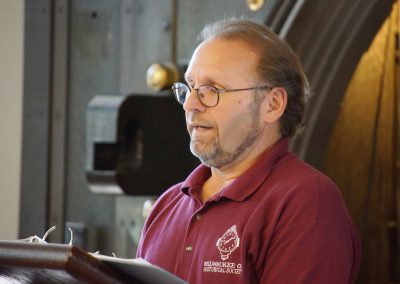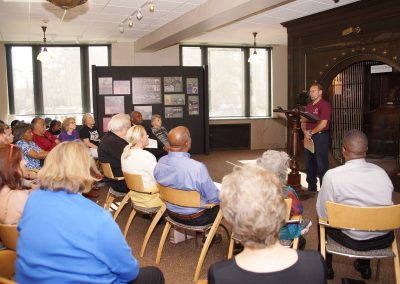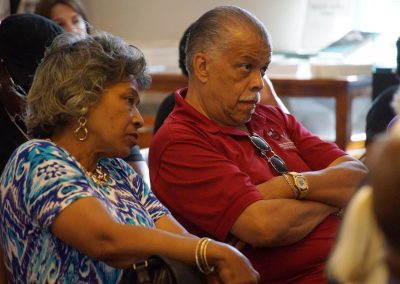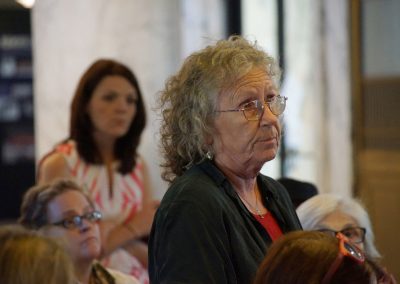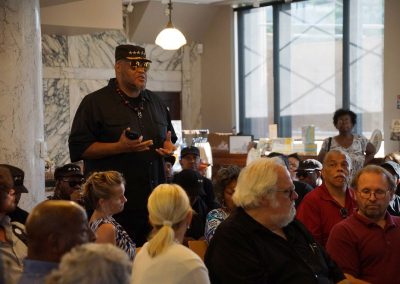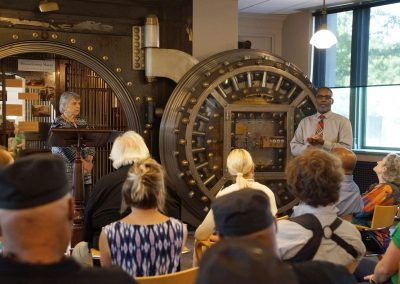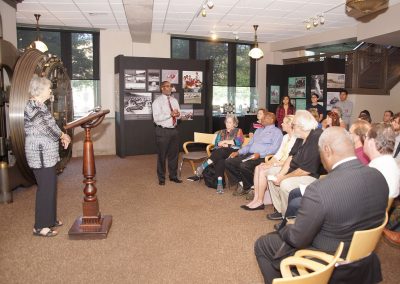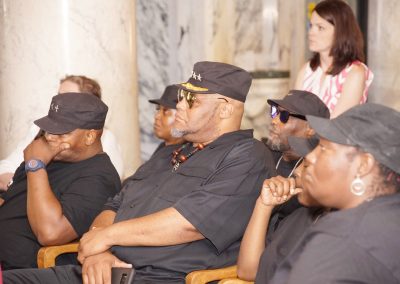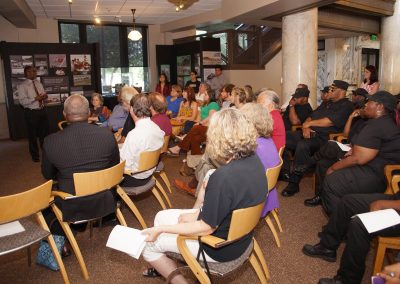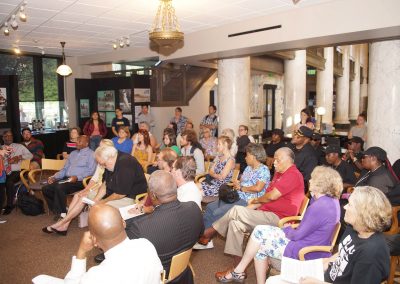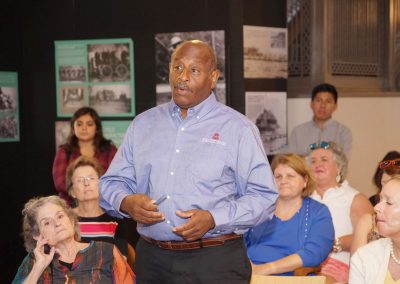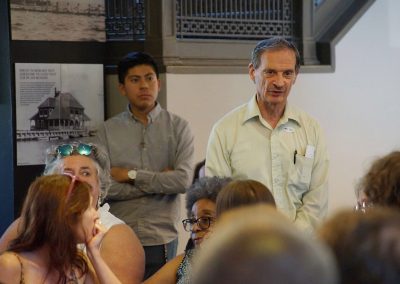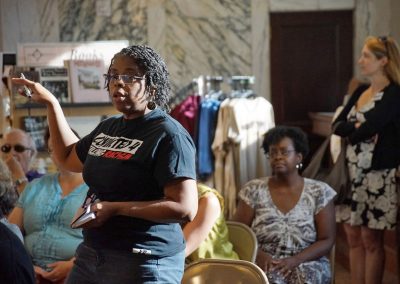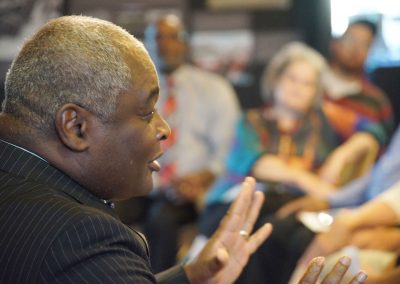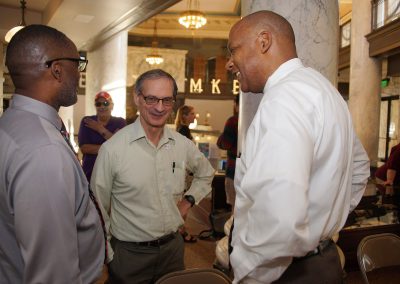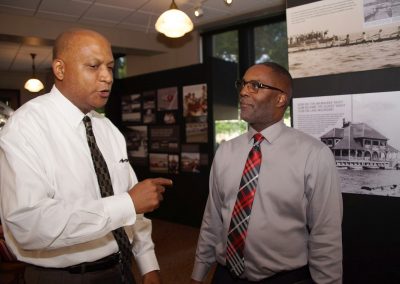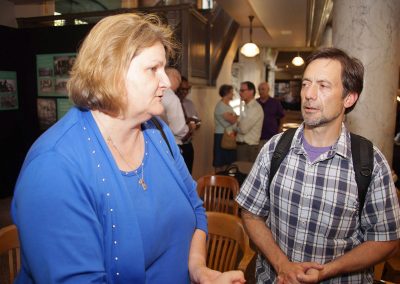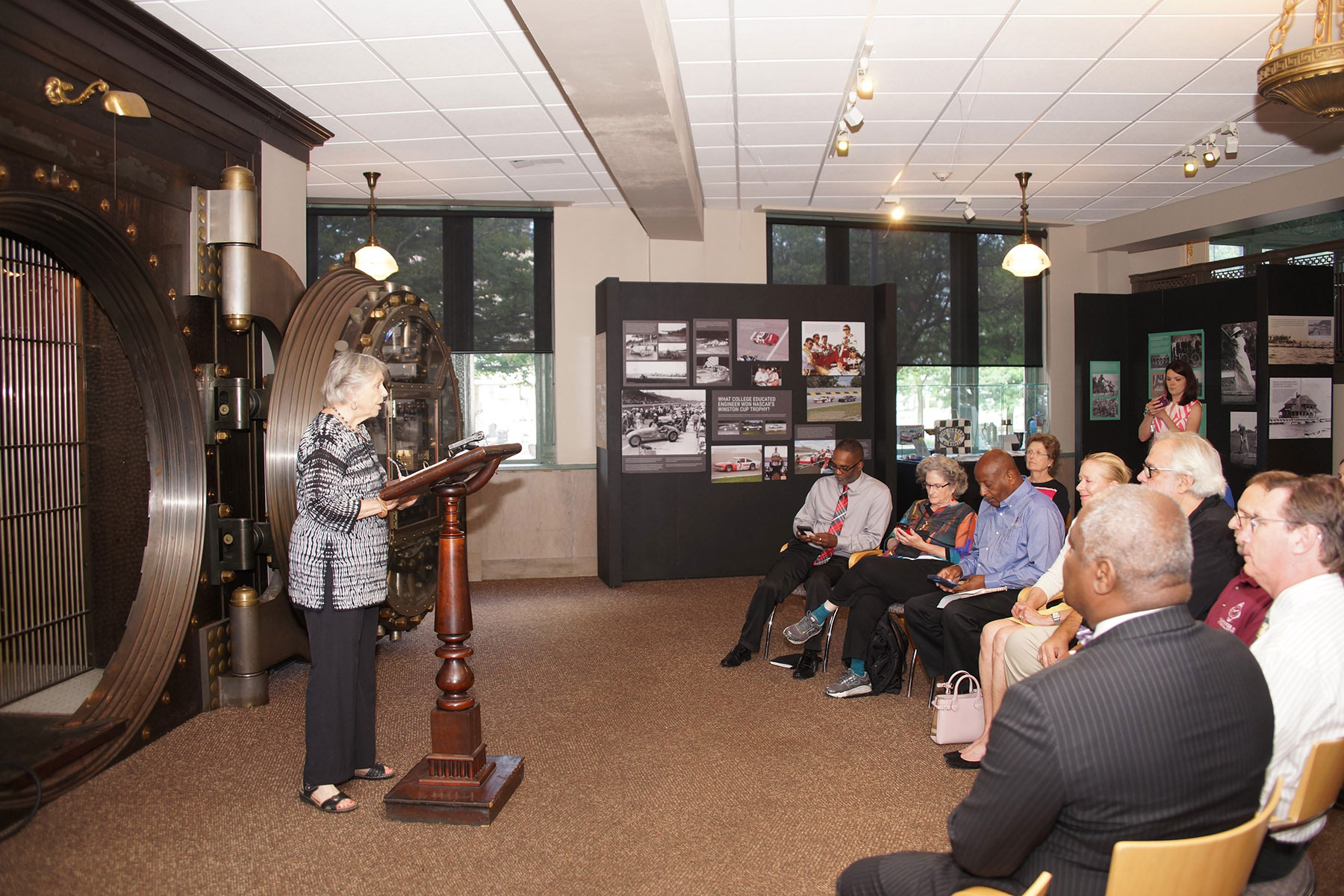
The Milwaukee County Historical Society (MCHS) hosted a public hearing on August 8 to discuss three nominations for historically significant landmarks, with the 1861 lynching of George Marshall Clark attracting a lot attention and passionate support from the attending crowd.
The editorial board of the Milwaukee Independent nominated the George Marshall Clark lynching site in May, for consideration in the Milwaukee County Historical Society’s annual designation of significant landmarks. Award winning columnist Reggie Jackson has previously written about the Clark incident and other related subjects. He also has a special connection to America’s Black Holocaust Museum in Bronzeville and its founder Dr. James Cameron, the only known lynching survivor.
In September 1861, a mere five months into the American Civil War, the unjust death of the 22 year old black barber had a chilling effect on Milwaukee’s black community, and out of fear of the mob, many decided to leave. Sixteen documented lynchings took place in Wisconsin, with the Clark lynching as the only recorded occurrence in Milwaukee.
Together with numerous articles and photo essays on the subject, the Milwaukee Independent felt recognition of the history was an important step for the city to heal, and come to terms with the traumatic impact of its segregated legacy. MCHS is designated as the official agent of Milwaukee County to serve as an advisory body on landmarks. The purpose of landmark status is to list, record, protect, preserve, sites, buildings, structures and other objects in the County of Milwaukee that have special historical or cultural value.
The crowd of several dozen residents and community leaders on August 8 was the largest to ever attend a MCHS public hearing on historical designations. Diane Buck, chair of the landmarks committee, explained that the full board would still need to vote next month, but that they accept the Committee’s recommendation. After that, the process to install a historical marker at the lynching site would begin to move forward with obtaining permits, signage construction, and other logistics.
The official designation for the Clark site would come in November, with a marker ceremony sometime after. The National Memorial for Peace and Justice in Montgomery, Alabama, informally known as the National Lynching Memorial, has also offered to provide a monument for installation at the location.
Included among those who gave testimony in calling for the Clark lynching site to be recognized with a historical marker were Darryl Farmer, original The Black Panthers of Milwaukee; Dr. Fran Kaplan, Nurturing Diversity Partners; Reggie Jackson, columnist for the Milwaukee Independent, Arthur Heitzer, Milwaukee Turners; Lisa Jones, Rid Racism Milwaukee; Clarene Mitchell, TCM Communications; and members of the ACLU of Wisconsin. There was no testimony given in opposition to the nomination.
Those individuals who spoke each explained the dire need to recognize the historical importance of the Clark site. A letter sent to the committee, from a Wisconsin resident who could not attend, best represents a summary of what was said during the hearing. The text was read by Buck to the audience, and a copy is presented here.
To Milwaukee County Landmarks Committee,
Thank you for the opportunity to submit this letter to be considered at the public hearing on August 8. I am writing to encourage the choice of the George Marshall Clark lynching site for Milwaukee Landmark status.
I am a resident of Wausau and Marathon County. But the historical and moral significance of the lynching of Mr. Clark in 1861 reaches far beyond Milwaukee and Milwaukee County. It is important to our state and our country that this landmark be created.
The fact that thousands of lynchings of black citizens in the United States took place is still not known by most Americans. Unlike many other countries, the U.S. has swept this dark side of our history under the rug. We have chosen to tell only one part of our past.
The landmark is also important because many of us living in the north have long assumed lynchings took place only in the South. This has given us license to look down on southern states and wash our hands of any responsibility to educate ourselves with the facts of history in the North. It has allowed us to walk away from being accountable for what took place in our own back yard.
The good news is that a more complete truth of our country’s history is finally being told in a number of places through public memorials. On a national level, the Equal Justice Initiative in Montgomery, Alabama, recently opened the Peace and Justice Memorial, which memorializes the over 4500 black people who were lynched between 1877 and 1950.
A separate Legacy Museum details the racial terrorism and injustices that have occurred throughout our history, and still occur today.
On a more local level, our neighbors in Duluth, Minnesota, have created a comprehensive public memorial for Elias Clayton, Elmer Jackson, and Isaac McGhie, who were lynched there on June 15, 1920.
Public memorials, markers and ceremonies continue to be created in many states as more communities realize the importance of public truth-telling about lives taken by racial terrorism. These events need to be acknowledged and the victims’ lives honored.
By creating a landmark in memory of George Marshall Clark and the facts of his lynching, Milwaukee County will have stepped up by choosing not to look away from history any longer. I hope you will lead the way in helping our state give respect to Mr. Clark, respect he should have had in 1861.
Thank you for your consideration.
Anne Jefferson

